Brett Barton, Vice President and Global AI Practice Leader, Unisys, on maximising AI’s benefits.
No matter the industry or market, business leaders agree that AI is a critical business tool that will drive growth over the coming years. In fact, according to recent Unisys research, almost three-quarters (73%) of executives believe AI adoption is essential for long-term competitiveness, 93% see AI as a permanent part of their organisation’s strategy, and 89% anticipate increased AI usage across their businesses this year.
While AI innovation is promising, many leaders are now tasked with successfully integrating it into their operations, ensuring their data remains private and secure as they deliver quantifiable results. To achieve this, today’s IT leaders need to rethink how they measure success and carefully plan how to utilize AI as part of their long-term business strategy.
Recognising AI’s value in business processes and operations
AI has the potential to benefit every industry, reshaping how we work while driving fast, innovative breakthroughs. AI-predictive maintenance and quality control can improve operational efficiency and reduce downtime within manufacturing. Within customer service, AI chatbots and virtual assistants can provide 24/7 customer support, improve response times and benefit client satisfaction. In retail and e-commerce, AI can provide personalised recommendations and support inventory management.
Across all industries, one clear capability for AI remains – its ability to make processes and decision-making more efficient and accurate. AI achieves this by learning patterns to detect anomalies quicker and with greater accuracy than humans. This speed and precision are crucial in industries like the financial sector, where banks are using AI and machine learning to detect fraud that human analysts may miss.
Operational efficiencies are just the beginning. The technology also has the power to elevate creative and strategic work and outline necessary actions and solutions. For example, GenAI tools accelerate creativity and imagination by helping creatives edit, enhance, and generate new content. With the development of Agentic AI, organisations can take this a step further, using the technology to operate autonomously and achieve specific goals with minimal human supervision.
Redefining how we measure success for AI
While AI has great potential, it is only as successful as the careful planning that goes into using it. This makes it critical for organisations to have a clear business intent and measurement framework when using the technology.
AI is a disruptive technology, which means there is no clear-cut way to measure its success. Instead of trying to force a certain evaluation process, organisations should focus on understanding AI’s potential, as financial gains may not be immediate. With most AI initiatives beginning as proofs of concept, prioritising learning over direct cost reduction is key.
Additionally, measuring AI impact must include broader metrics like qualitative benefits, strategic alignment, risk mitigation and future scalability. These success metrics should be linked to the organisation’s priorities, which many business leaders report as operational efficiency (52%), employee productivity (50%) and cost savings (46%). The key to accurate, holistic AI measurement is combining these elements and considering how they benefit innovation and businesses overall.
While this may be simple in theory, the practical application may be more challenging. Due to outdated technology infrastructure, many businesses lack the infrastructure to leverage AI’s benefits. According to the Unisys report, over a third (34%) made their last major IT investment more than three years ago, and these outdated systems may limit how AI can be practically applied, complicating the task of measuring ROI.
How this shows up in the private and public sector
In practice, the implementation and measurement of success can look different across industries. In the logistics industry, MAB Kargo, a subsidiary of Malaysia Aviation Group, embarked on an AI initiative to increase its sold capacity by 40% over five years. Partnering with Unisys, they implemented a solution incorporating AI and quantum computing, allowing for efficient cargo configurations in near-real-time.
As a result of these efforts, MAB Kargo increased employee productivity and freed up 166,250 working hours per year – all by reducing the planning time needed to load cargo by approximately 83% per flight. Additionally, these solutions can spur an additional $5.5 million in annual revenue and help ensure compliance with complex regulations.
AI-driven solutions are also delivering results in the public sector. For example, the Austrian Ministry of Finance used an AI-driven solution to improve the responsiveness and service delivery of the legal review process, ensuring faster results for grants and family funding initiatives.
Implementing AI successfully created more effective, transparent processes and helped cost-saving initiatives across the agency by preventing the need for complex software updates and new application developments. Furthermore, this initiative helped free up employees’ time and minimized resource needs for repetitive processes, allowing employees to focus on critical tasks.
AI is integral to modern business and government agencies alike, but traditional means remain undefined regarding its precise impact. To maximize AI’s benefits, organisations must invest in the right infrastructure, partner with the right technology solutions organisations and align their use with the right business needs.



